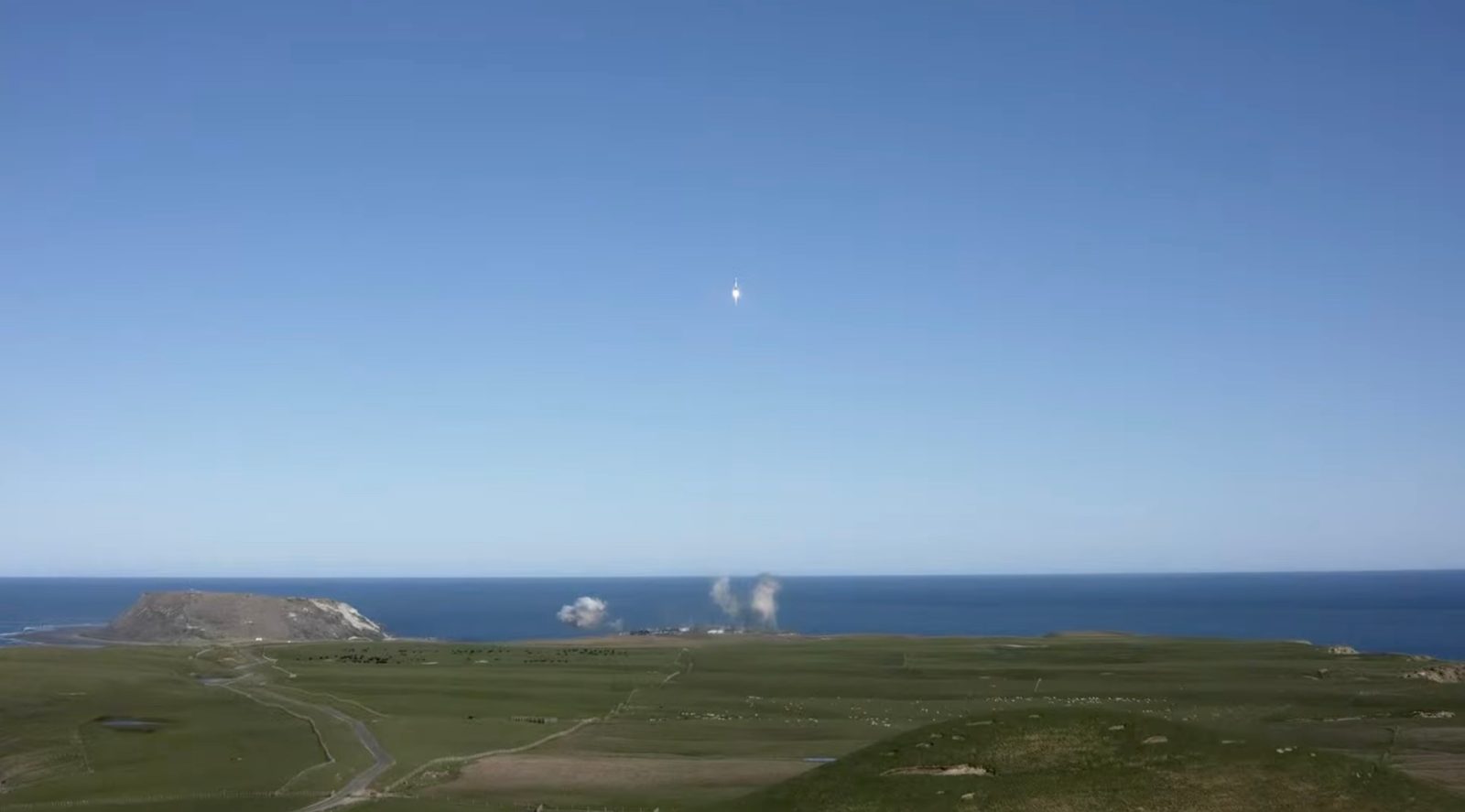
Late last night, Rocket Lab conducted its seventh rocket launch of the year. This mission, named “Baby Come Back,” involved a rideshare of several CubeSats into orbit from New Zealand. The launch concluded with the successful recovery of the booster of the Electron rocket.
One launch with three customers
Out of the seven satellites accompanying the Electron rocket, four were from NASA. One of these, called Starling, not to be confused with SpaceX’s Starlink, is a swarm technology demonstrator for NASA. Comprising four CubeSats, Starling will operate as a coordinated constellation, making autonomous decisions. This capability could be valuable for future scientific missions.
The remaining satellites on this flight were part of another demonstration mission, conducted by Space Flight Laboratory, along with two satellites from Spire Global. Spire Global, a global data company, added two more satellites to its ever-expanding constellation. These satellites are dedicated to tracking various activities, including maritime operations and weather patterns. The two satellites launched in this mission are the newest weather intelligence satellites that will enhance global weather models.
The launch occurred at 9:27 P.M. ET from LC-1B, which appears now to be the primary launch site for Rocket Lab in New Zealand. The launch proceeded smoothly, deploying all seven satellites into orbit shortly after 11 P.M. ET.
Bringing back another booster
After a series of flights involving unrecovered rockets, it was refreshing to hear that Rocket Lab intended to recover one again. Although Electron was not initially designed for reusability, the company has made upgrades to the booster, paving the way for potential reusability in future flights.
While Baby Come Back marked Rocket Lab’s 39th flight, significant changes are expected on future flights, particularly with flight number 45. Rocket Lab anticipates that flight number 45 will incorporate all the necessary elements for achieving reusability. Although the company’s CEO, Peter Beck, hasn’t provided a specific timeline for when the first flown hardware will be reflown, Rocket Lab aims to relaunch one of its flight-proven Rutherford engines later this year.
Following the launch, the booster for this mission was successfully recovered by a ship. Notably, this was the first live stream tracking the booster throughout the recovery process, as opposed to relying on updates from Beck’s Twitter account afterward.
Overall, Rocket Lab has now completed seven Electron launches in 2023, consisting of six orbital missions and one sub-orbital HASTE flight. The company’s goal is to achieve 15 missions this year, but delays in customer readiness have posed challenges. Nevertheless, Rocket Lab has secured additional satellite launches initially planned for Virgin Orbit.
The next flight for Rocket Lab is expected to occur in the coming weeks.
FTC: We use income earning auto affiliate links. More.


Comments